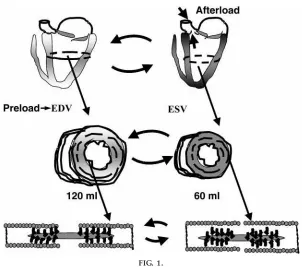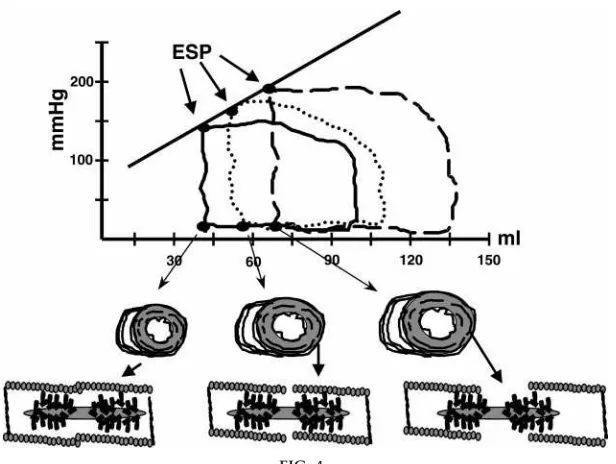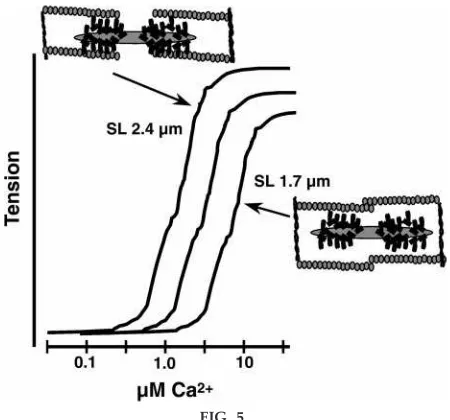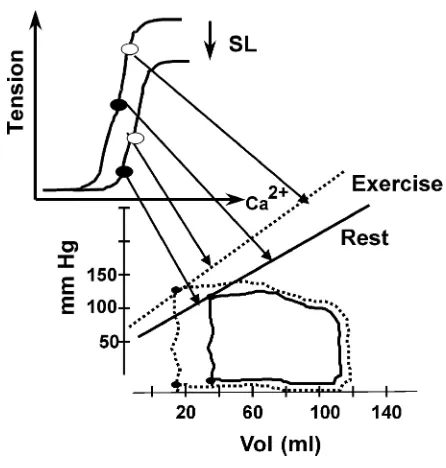Directory UMM :Data Elmu:jurnal:A:Advances in Physiology Education:Vol277.Issue6.Dec1999:
Teks penuh
Gambar




Dokumen terkait
Nitroglycerine is a nitric oxide donor that acts directly on vascular smooth muscle to elicit vasodilation. The vasodilation will cause a decrease in total peripheral resistance,
As soon as cations begin to flow acr oss the membrane, a mem- brane potential ( V m ) develops, which pr events further movement of cations acr oss the membrane. [Modified fr om
T he cardiovascular system is a central topic in physiology classes, yet it is difficult to provide undergraduates with quality laboratory experiences in this area. Thus a
T The teaching of research design and data analysis to our graduate students has been a persistent problem. A course is described in which students, early in their graduate
T his study tested the hypothesis that measurable attributes in students’ back- grounds are related to their successful completion of an undergraduate human physiology
*The total number of explanations is less than the number of misconceptions because of student errors in selecting the follow-up item to be answered... 7 ; Table 6, expla na tion 2
B uffering of ‘‘metabolic’’ acid in tissues other than blood correlates closely with a change in extracellular bicarbonate concentration rather than with a change in extracellular
The building blocks described above can be used to explain four elements of local control of blood flow that recur as blood flow in each organ is discussed: active hyperemia

